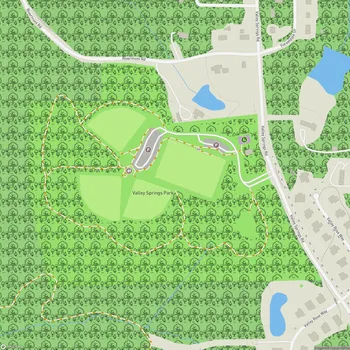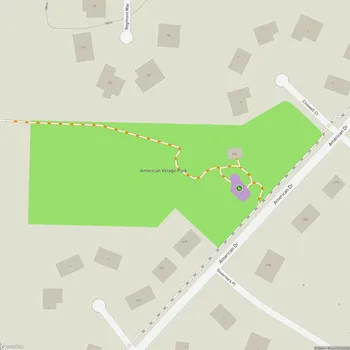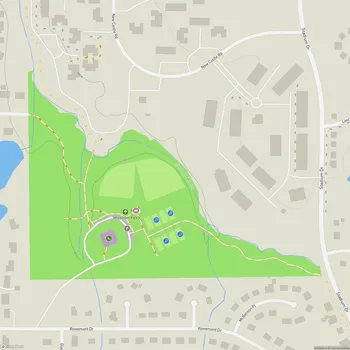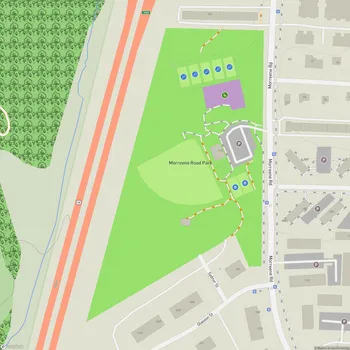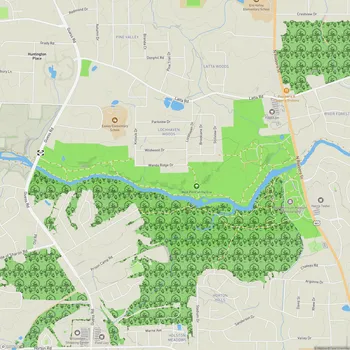Eno River State Park
Eno River State Park Map
About Eno River State Park in Durham
Eno River State Park is a scenic natural area located in Durham and Orange counties, North Carolina, approximately 10 miles northwest of downtown Durham. The park spans about 4,200 acres along the Eno River, offering visitors a serene escape into nature just minutes from urban amenities.
The park is centered around the Eno River, a swift, shallow stream that flows for 33 miles before joining the Flat River to become the Neuse River. The river's waters wind through a wilderness landscape, passing historic mill sites, rocky bluffs adorned with flowering shrubs, and fords once used by early settlers. This riparian environment provides habitat for diverse wildlife and plant species, making it a popular destination for nature enthusiasts, birdwatchers, and photographers.
Eno River State Park boasts over 28 miles of hiking trails that range from easy to challenging, allowing visitors to explore the park's varied terrain. These trails meander along the riverbanks, climb wooded hills, and pass by remnants of old homesteads and mills, offering glimpses into the area's rich history. The park is also a favored spot for fishing, with the river home to species such as bass, sunfish, and catfish.
For those seeking overnight adventures, the park offers backcountry camping experiences. Campsites are accessible only by foot, providing a true wilderness experience for visitors willing to hike with their gear. These rustic sites offer a chance to immerse oneself in the natural surroundings and enjoy the park's tranquility.
The park features several access points, including Fews Ford, which houses the park's main visitor center. This facility provides educational exhibits and information about the park's natural and cultural history. Throughout the year, the park hosts various educational programs, guided hikes, and special events, offering opportunities for visitors to learn more about the local ecosystem and conservation efforts.
Eno River State Park serves as an important conservation area, protecting the river's watershed and preserving the natural and cultural heritage of the region. It provides a valuable resource for environmental education and scientific research, as well as a recreational haven for local residents and visitors alike.
